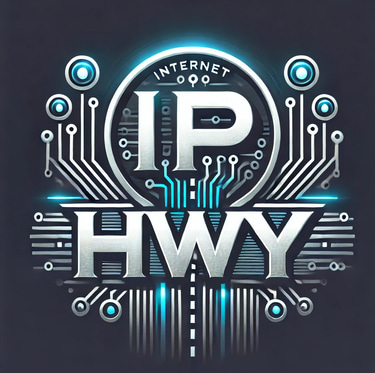The AI + Quantum Cyber Tornado... Why Crypto-Agility Isn’t Optional Anymore
Jim Leone
8/6/20252 min read
The digital security world is bracing for a perfect storm... one where AI-powered cyberattacks are colliding with the emerging quantum threat to encryption. This isn’t theoretical anymore. From Black Hat USA 2025 to real-world breaches exploiting LLMs and legacy crypto, the writing is on the wall --> Crypto-agility is no longer a “nice to have.” It’s a survival imperative.
Two Disruptive Forces on a Collision Course
AI-Enhanced Attacks
Adversaries are using generative AI models to -->
Automatically craft phishing emails indistinguishable from real ones
Conduct deep reconnaissance via LLM-powered social engineering
Launch polymorphic malware that evolves in real time
Exploit prompt injection and prompt leaking attacks (see “Man-in-the-Prompt”)
With attack velocity increasing and defenses lagging, defenders are constantly playing catch-up. But AI’s not the only emerging threat…
Quantum Decryption Looming
The day when quantum computers can break RSA and ECC is getting closer. “Harvest now, decrypt later” attacks are already happening, where adversaries capture encrypted data now, with the intention of breaking it once quantum power matures.
NIST has finalized standards like CRYSTALS-Kyber and Dilithium, and organizations like Cloudflare, Microsoft, and the DoD are pushing ahead with PQC implementation. Yet many enterprises haven’t even begun inventorying their cryptographic assets.
The Real Risk... These Threats Reinforce Each Other
The danger isn't just AI or quantum. It's AI plus quantum. Consider -->
AI agents can identify crypto weak points in sprawling infrastructure faster than any human.
Stolen data (from API endpoints, browser extensions, or even encrypted payloads) is already being siphoned and stored in preparation for future quantum attacks.
Legacy cryptographic libraries and insecure IoT devices will be easy prey, and many don’t support crypto agility.
What Is Crypto-Agility... and Why Does It Matter Now?
Crypto-agility means your systems can adapt to new cryptographic algorithms without massive rewrites or outages. It’s the only viable defense against a moving target.
AI and quantum are forcing a cryptographic arms race. Your defenses must evolve faster than the threats, or they’ll fail silently.” --> Notes from Black Hat CISO Summit 2025
Inventory Your Crypto Assets
Where is encryption used? Which protocols? What key sizes?
Are you using libraries that support PQC? (e.g., OpenSSL + liboqs)
Upgrade to Hybrid or PQ-Ready Algorithms
Use hybrid key exchanges like PQXDH (X25519 + Kyber) to prepare for quantum without abandoning proven ECC security.
Ensure TLS 1.3+ support and migration to PQ-safe cipher suites.
Establish Crypto-Rotation Policies
Your cryptographic policy should assume obsolescence.
Ensure APIs, microservices, and cloud assets can swap algorithms dynamically.
Monitor for AI-Augmented Reconnaissance
Watch for large-scale pattern scraping, behavioral cloning, or credential-stuffing automation.
Integrate LLM-aware detection into SIEM/SOAR (Darktrace, FortiEDR, etc.).
Build AI-Resilient Access Layers
MFA is still critical, but go beyond SMS and TOTP. Use phishing-resistant MFA like FIDO2.
Secure browser extensions, AI interfaces, and API endpoints (especially those exposed to Copilot/Gemini integrations).
You’re Already Being Targeted
You may not see it, but encrypted traffic is already being harvested, and if your org is AI-exposed, those attacks are accelerating. Your best defense is resilience, agility, and proactive planning.
Start with one question... “If RSA was broken tomorrow, how much of our data would be compromised forever?”
If that answer scares you, you're not alone, but you are already behind.
The IP HighWay
Stay updated with the latest IT security news.
info@iphwy.com
© 2025. IPHwy LLC. All rights reserved.



